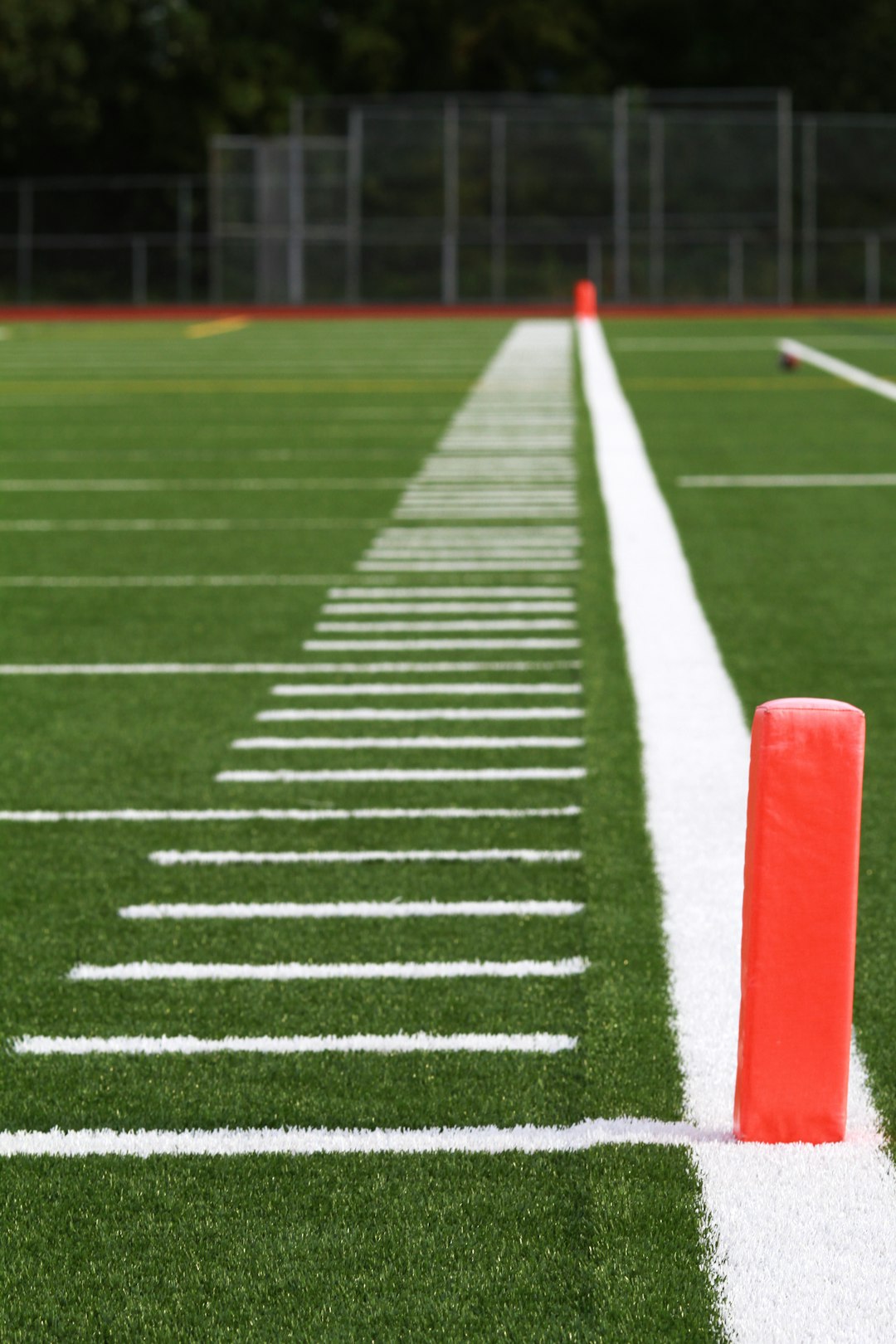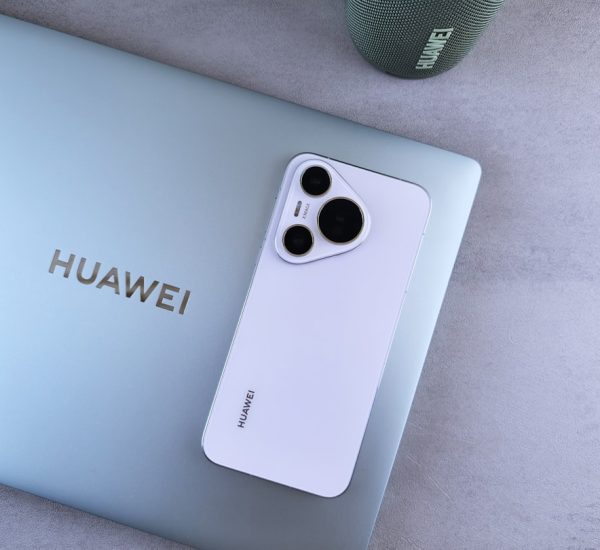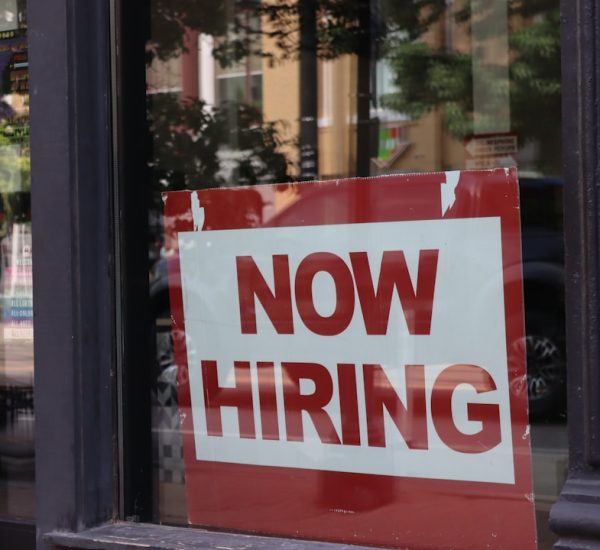Soccer is full of excitement, clever plays, and unexpected moments. But sometimes, players get a bit too carried away. That’s when referees pull out their cards! You’ve probably seen red and yellow cards before. But now — there’s talk of a blue card too. Let’s dive into the world of soccer cards and what they really mean.
Why do referees use cards?
Referees use cards to control the game and keep it safe. Cards are a quick way to say, “Hey! That’s not okay.” They help everyone follow the rules and remind players to play fair.
The three traditional cards
Let’s break down what each card means. It’s kind of like traffic lights — but for soccer!
- Green Card: This one is rare! In some leagues, referees use green cards to reward good sportsmanship. It’s like giving a thumbs-up to players who do something great — like helping an injured opponent or admitting a handball. Not every league uses this, but it’s a nice gesture.
- Yellow Card: This is a warning. If a player fouls someone, behaves badly, or wastes time, they might see yellow. It’s the referee’s way of saying, “Watch it!” If a player gets two yellow cards in the same game, they are shown a red card and sent off!
- Red Card: Uh-oh! This means serious trouble. Red cards come out for very bad fouls, violent actions, or if a player already has two yellows. Once you see red, you’re out of the game — and your team has to play one person short.

What’s the deal with the blue card?
This is the hot topic! The blue card is being tested in some leagues. It’s new and exciting — but a little confusing.
So, what does it mean? The blue card is like a time-out. If a player gets a blue card, they must leave the field for a few minutes (usually 10). Their team plays with one less player during that time. After the time is up, they can come back and keep playing.
Think of it like hockey’s penalty box — but in soccer style!
When is the blue card given?
Referees can show a blue card for things that are not quite bad enough for a yellow, but still not okay. For example:
- Arguing too much with the referee
- Deliberately stopping the other team’s fast attack
- Minor repeated fouls
Don’t worry — you won’t see this in the World Cup yet. But who knows? If it works well in tests, the blue card might become part of top-level soccer soon!

Why add another card?
The idea is to give referees more options. Not every mistake deserves a yellow or red. A blue card sits right in the middle. It says: “That wasn’t terrible, but it wasn’t fair either.” It helps control behavior without punishing players too harshly.
To recap — here’s what each card means:
- Green: Good job! (In some leagues)
- Yellow: Warning — don’t do that again!
- Blue: Time-out! Leave the field for a bit.
- Red: You’re out — serious foul or two yellows.
Keeping the game fun and fair
Soccer is a game of passion, skill, and teamwork. But it also needs rules. Cards help everyone stay respectful and play fair. Whether it’s yellow, red, or maybe even blue — each card helps keep the beautiful game beautiful.
So next time you see a referee pull a card out of their pocket, you’ll know exactly what’s going on. And hey — who knows? Maybe soon we’ll be cheering when the blue card comes out too!


